Any housewife sooner or later faces the problem of a dirty kitchen stove and she has to decide how to clean the stove from old grease and carbon deposits. Indeed, it is almost impossible to cook food without getting the cooktop dirty. Water always splashes out of pots, splashes of fat fly out of frying pans, pieces of food fall onto the stove and burn. To clean your kitchen appliance, you can buy chemicals or use traditional methods.
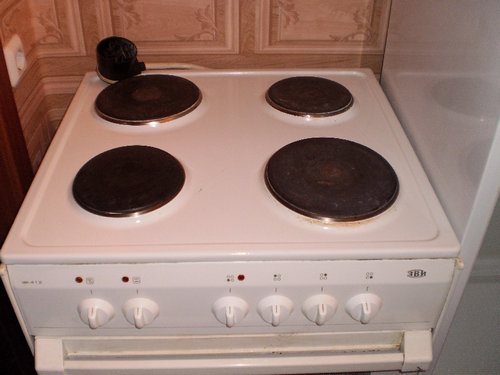
Do not start cleaning the surface of the stove until it has cooled completely. This can cause burns. And if your oven is gas, the hot burners can damage the countertops you place them on. Always protect your hands with rubber gloves.
How to clean a dirty enamel stove
Enameled stoves were the most common some 20-30 years ago. They can have different enamel colors, are quite durable, easy to use and easy to operate. The oven can be washed with detergents, cleaning agents, and soda. Use various types of sponges and rags, steel wool.
Rules for washing the stove itself:
- It is recommended to pour the surface with detergent or cleaning powder diluted with water or a soda solution and leave for up to 20 minutes to soak the fat;
- After the time has passed, wash everything with a sponge, carefully paying attention to particularly dirty areas near burners or electric pancakes.
How to clean a stainless steel stove
The stainless metal coating looks nicer than regular painted enamel. This material is stronger, which means the stove will be more resistant to any mechanical action. The only drawback in its operation is the stains and stains remaining on the surface. That is, when washing it you need to handle it extremely delicately. This oven cannot be washed in a circular motion. And after cleaning, you should wipe it well, preferably with a cotton cloth. If you still cannot avoid stains, a slice of lemon will help. You need to wipe the steel surface with it and dry it thoroughly with a soft cloth.
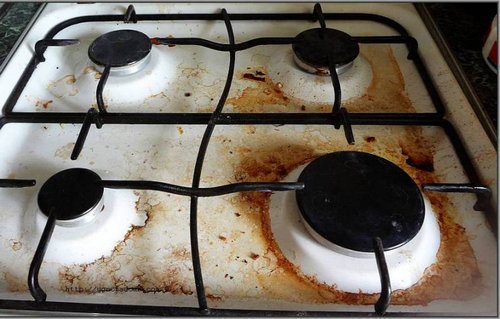
The washing rules for this type of stove are the same as in the case of enameled stoves.
If your oven is gas, then in addition to the surface itself, you need to pay special attention to the burners, grate and handles.
Rules for washing burners.
Even if, at first glance, it is not clear that the burners are dirty, a large amount of grease and soot still collects on them. In order to get rid of unpleasant accumulations, it is recommended to put them in a soapy solution for a while, then rinse them in water, wipe them dry and put them back in place.
Rules for washing grates.
Depending on the material the grates are made of, there are some differences in how they are cleaned.
- Cast iron grates cannot be cleaned with water. In order to remove accumulated fumes from them, they need to be heated, for example, over gas or a fire. It is not recommended to use knives to scrape off carbon deposits from a cast iron grate, as this can damage the material from which it is made.
- The enamel structure can be soaked in soapy water or washed in the dishwasher.Their smooth surface is easy and quick to clean, but, as in the case of cast iron, you should not use a knife to avoid scratches and damage.
- Stainless steel grates generally wash well with cleaning agents and detergents, but for a better effect, they are soaked for a couple of hours (or better yet overnight) in water with chemical compounds, then rinsed and dried.
The following folk remedies will help clean the grate from carbon deposits and grease:
- A solution of vinegar and soda 2:1;
- Dry mustard left on steel and enamel elements for a couple of hours;
- Warm sand, which should be thoroughly rubbed onto the grate.
After washing the grates, you should wipe them well before using them again, because grease particles stick very quickly to wet materials.
Hand washing rules.
It is more convenient to wash the handles, which are removable. You can do the same with them as with the burners, by placing the fat in a soap solution to soak. A mixture of lemon juice with soda or vinegar with soda, ammonia diluted 1:1 with water, or regular laundry detergent will also help. Handles that are not removable can be cleaned with a toothbrush; toothpicks or ear sticks will help in especially hard-to-reach places.
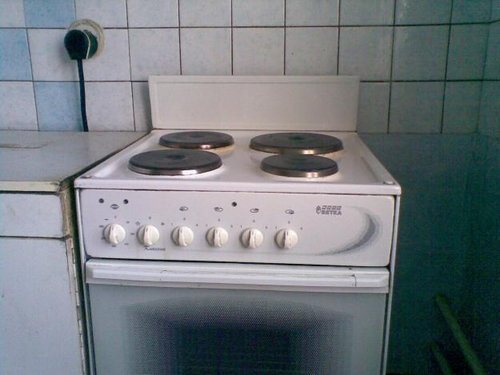
Methods for cleaning glass-ceramic and induction cookers
Nowadays, more and more housewives are choosing newfangled, beautiful and easy-to-use ceramic and induction cookers that fit well into any interior. They have a smooth surface, caring for them is faster and easier, but still, this process has its own nuances.
There are special cleaning products and sponges for this type of oven.They can be found in specialized stores, purchased immediately along with the purchase of the stove itself, and ordered at service centers. You cannot use a stove cloth that you use to wash other surfaces or dishes, as in this case you will not be able to avoid stains. A sponge or rag (special or regular) should only be used for the cooking surface.
Do not use abrasive cleaning products as they will easily scratch and damage the panel. Naturally, it is not advisable to use knives or steel wool to remove burnt-on food. For this, there are special scrapers that you should use to carefully pry the edges of burnt food and try to remove it from the surface. If this cannot be done and something sticks very strongly to the oven, then you can pour vegetable oil on this place for a while. It will help loosen the stuck particles.
Specialized detergents: rags, sponges and scrapers for glass ceramics are not cheap, but it is still better to spend money once and use them to extend the life of the device and to ensure high-quality performance of the heating process. Professional products remove not only grease and stains, but also limescale. In addition, after their use, a thin layer of protective silicone film is formed on the panel, which serves as additional protection for the surface from damage and helps reduce subsequent cleaning time for the stove.
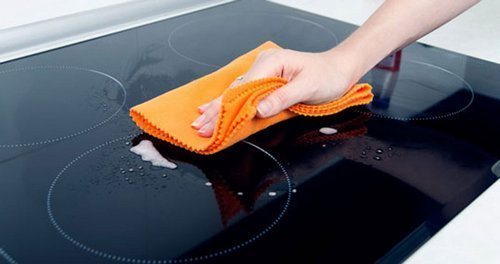
If you don’t have products designed for this type of oven at hand, you can use glass washing liquid. It should be applied for a few minutes, let the stains soak, then wipe everything dry with a sponge or paper towel.You can also make a paste of baking soda and water, leave it on the surface for a while, then wash everything clean. The soda particles in the solution are very small, so they cannot scratch the coating. Along with this, baking soda will help get rid of unpleasant odors of cooked or burnt food. Vinegar also has good deodorizing properties. You can dissolve it in water 1:1, and wipe the stove with this composition. This is a good way to get rid of unpleasant odors, bacteria, germs and grease residues without leaving any residue.
Tips for using glass-ceramic and induction cookers:
- To avoid food burning, always check before turning on the stove that there are no food residues left on it.
- Do not use steel wool, chemical abrasives, or sharp objects not intended for this type of coating. All of them worsen the quality characteristics of cooking surfaces.
- Try to clean your oven after each use.
- Never place plastic products on the stove. If the oven is hot, they will quickly melt, stick to the surface and ruin it.
- Use cookware specifically designed for this type of stove. This will help prevent scratches on the hob.
- Cookware not intended for glass ceramics may not have a perfectly smooth bottom surface, therefore, to avoid damage to the material, do not move it along the appliance panel.
That's all the simple tips on how to keep your stove in a clean, usable condition. Take note of them and may they be useful to you.


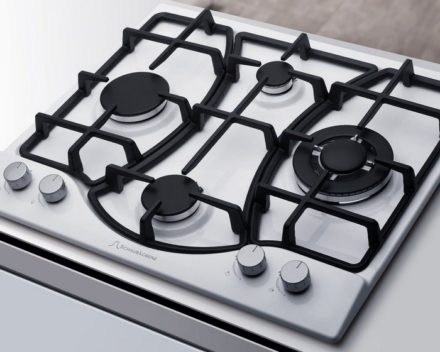
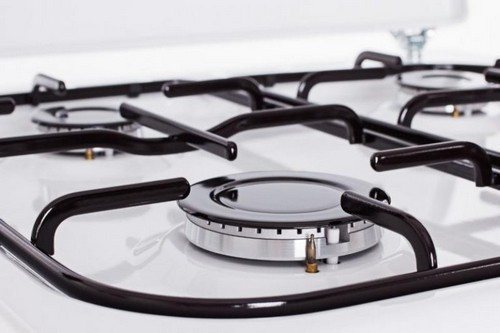
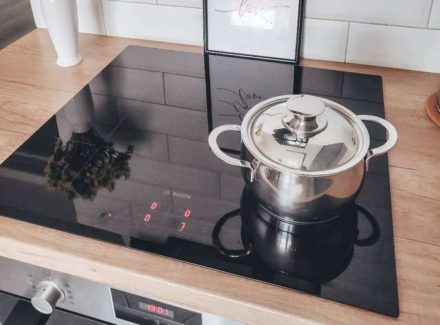
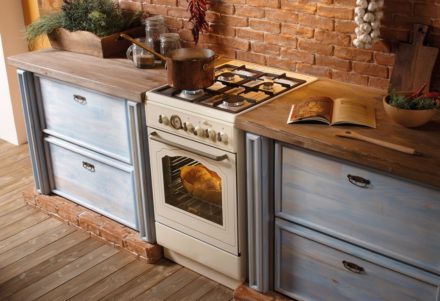
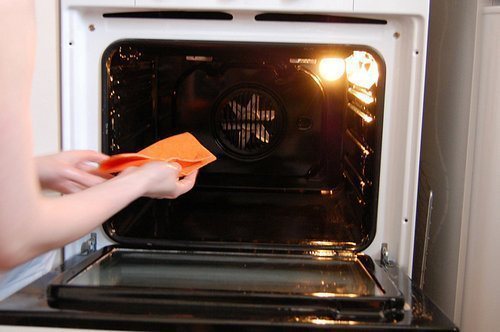
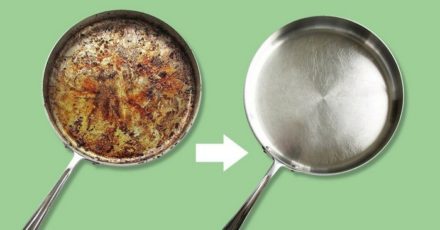
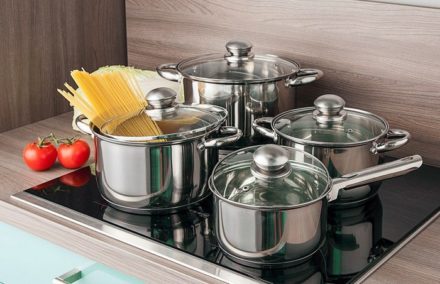
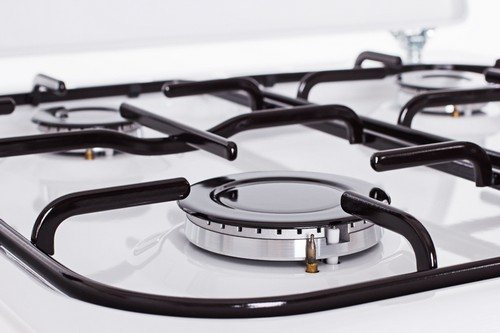
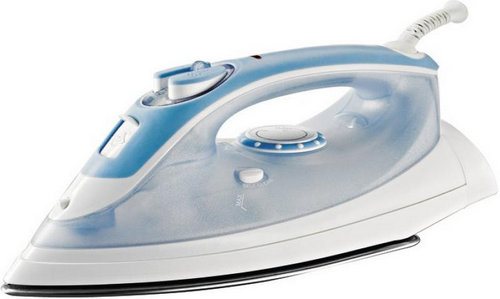
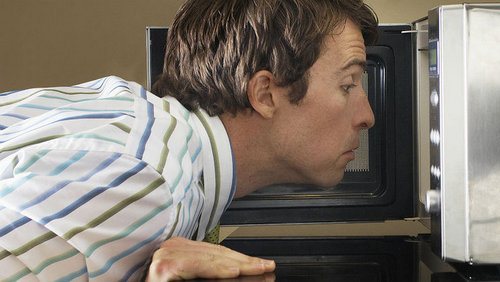
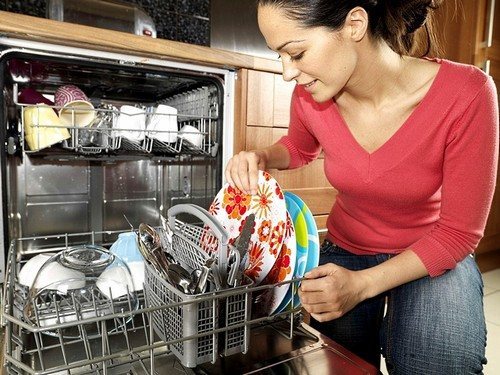
I really don’t like washing the stove, it always takes a lot of time, and then I throw away the sponges because so much old grease sticks to them that it can no longer be used.